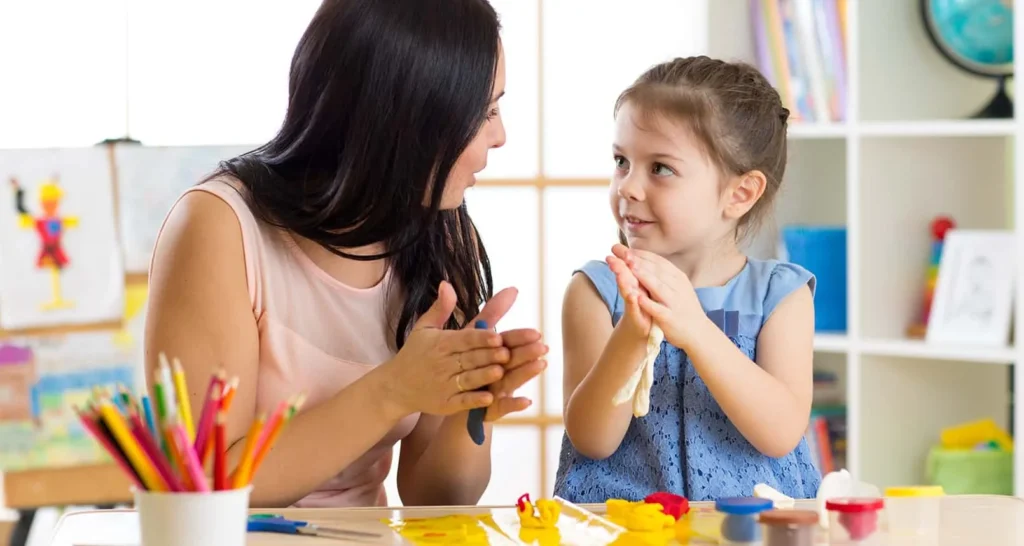Movement for Children – Developing Well

From the moment of conception, our children are in a constant state of movement, whether it is cellular division and growth, tumbling and turning and pushing in the womb or learning to push up, roll over, sit, crawl, walk and run. At every stage of development our children are moving and learning and these two go hand in hand.
Within the brain and body there are countless nerves and connections that provide communication pathways between our mind (how we make decisions) and our muscles (how we carry out our chosen actions). As we move we strengthen our muscles and develop our physical skills whilst we also stimulate our brain. Movement helps the brain to strengthen connections that help us to:
- stay alert and take in information (needed for learning);
- to understand space and time (needed for mathematics);
- learn language (needed for English and social skills); and
- develop problem solving skills (needed to navigate through life without undue anxiety or frustration).
As we move, our muscles receive information from our brain and then with every planned movement, our brain receives feedback on the success or lack of success of that movement. The more children move, and the greater the variety in their movement, the more opportunities they have for understanding both their bodies and the world that they live in.

Movement which involves feedback from the eyes, movement of the head through space, and hard work or compression through the muscles (eg. Jumping on the trampoline while catching a ball or avoiding something on the mat) can support development of the connections between the brain and the body. Movement is vital to neurological development and as an Occupational Therapist I see it as the first step in getting ready to learn each day.


